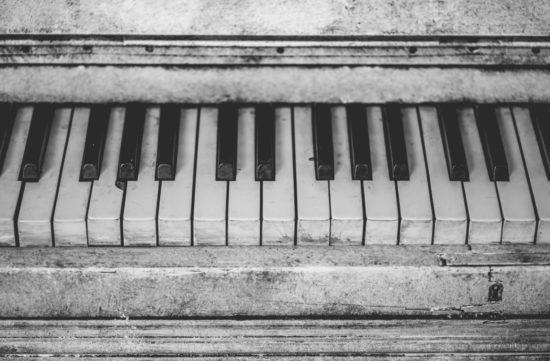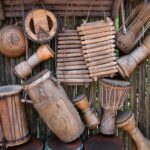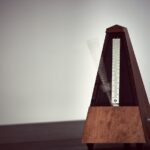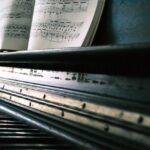The piano is a magnificent instrument, capable to channel the divine to our ears and hearts. It is a complicated instrument, as well. It takes two years to dry the wood used for the body, a full year and close to 12 thousand parts to build one.
The piano, as we know it, was invented by Bartolomeo Cristofori, around 1700. He called it gravecembalo col piano e forte (harpsichord with soft and loud). It is a stringed instrument, in which the strings are struck by hammers. All this is operated by using a keyboard. The name pianoforte means soft and loud, indicating the most important feature of this instrument: being able to play in different volumes, according to the pressure of the keys.
There are more predecessors for the piano, but the most important one was the harpsichord. This is a stringed instrument also, but it plucks the strings and does not allow the player to differentiate in soft or loud volume.
The modern piano has 88 keys with seven full octaves. The vibration of the strings (caused by the hit of the hammers) is transmitted to a soundboard, which amplifies the sounds. The hammers are connected to the keys by a mechanism and are covered with felt (previously leather was used). Today, cast-iron is used to build the inner structure of the piano. They are capable to withstand the incredible tension of the strings, thus making it louder; compared to the old pianos, where only wood was used, resulting a weaker stability.
Grand pianos have three pedals. The right pedal lifts the dampers above the strings, allowing them to vibrate freely. The left pedal shifts the keyboard action sideways, making the hammer hit only one string (instead of the two or three per key). The middle pedal (sostenuto) keeps the raised dampers up, allowing the player to sustain some notes and play others without it.
Most instruments are tuned by their owners, such as guitars or violins. The piano is a different animal, it requires a professional tuner. A tuner uses special tools and a tuning system (temperament) to set the perfect intervals, between the tones. They usually tune the highest-pitched strings a bit higher, the lowest ones a bit lower than the mathematical frequency table would suggest.
Piano became popular very fast. Both Haydn and Mozart played first on harpsichords and acquired the playing skills on this instrument. Beethoven was the first hot shot to fully understand and utilize this invention and became the first true pianist. As the 19th century approached, harpsichord soon became a museum item, as piano was becoming the most popular instrument for chamber music or concerti.
In the 19th and 20th century more inventions were applied on the piano. More keys became available, for example, but the most important was the string tension that almost doubled, from 16 tons (mid-1800) to 30 tons. This resulted in a dynamic range that was unknown to Beethoven and his contemporaries, but even for Liszt or Brahms.








